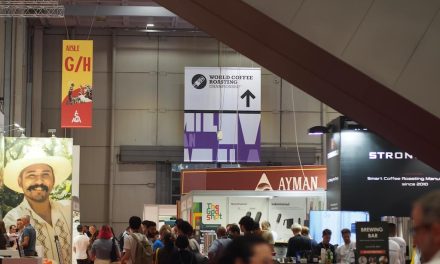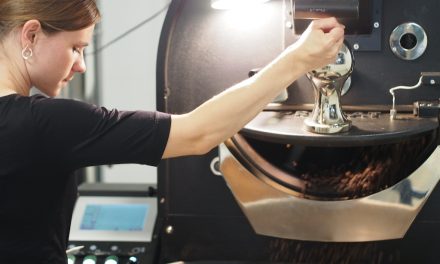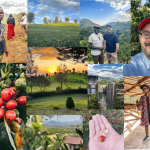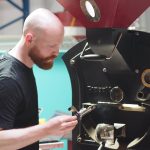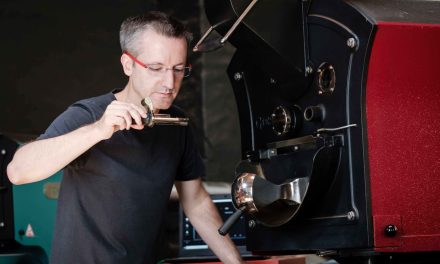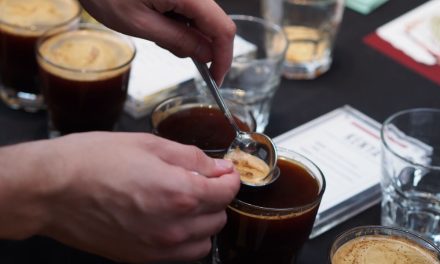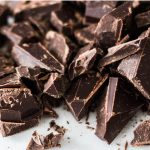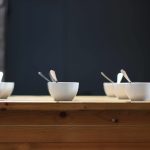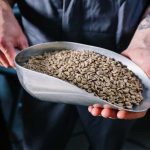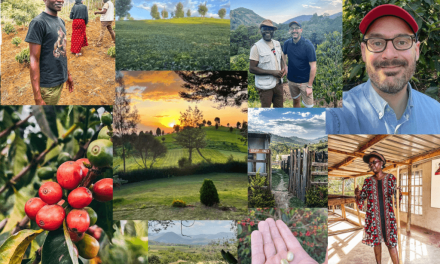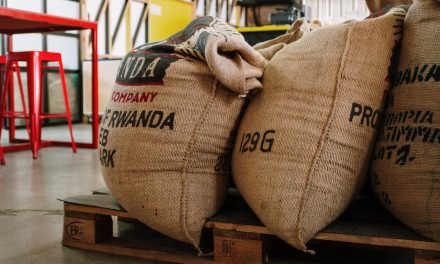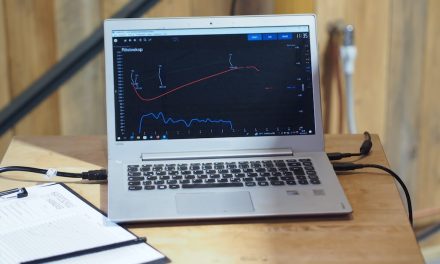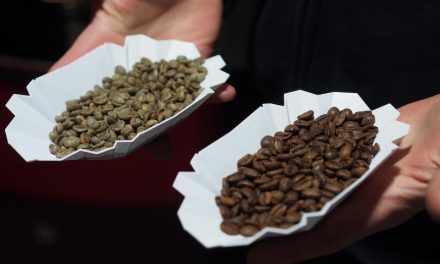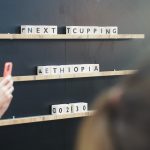
How do I find the right coffee?
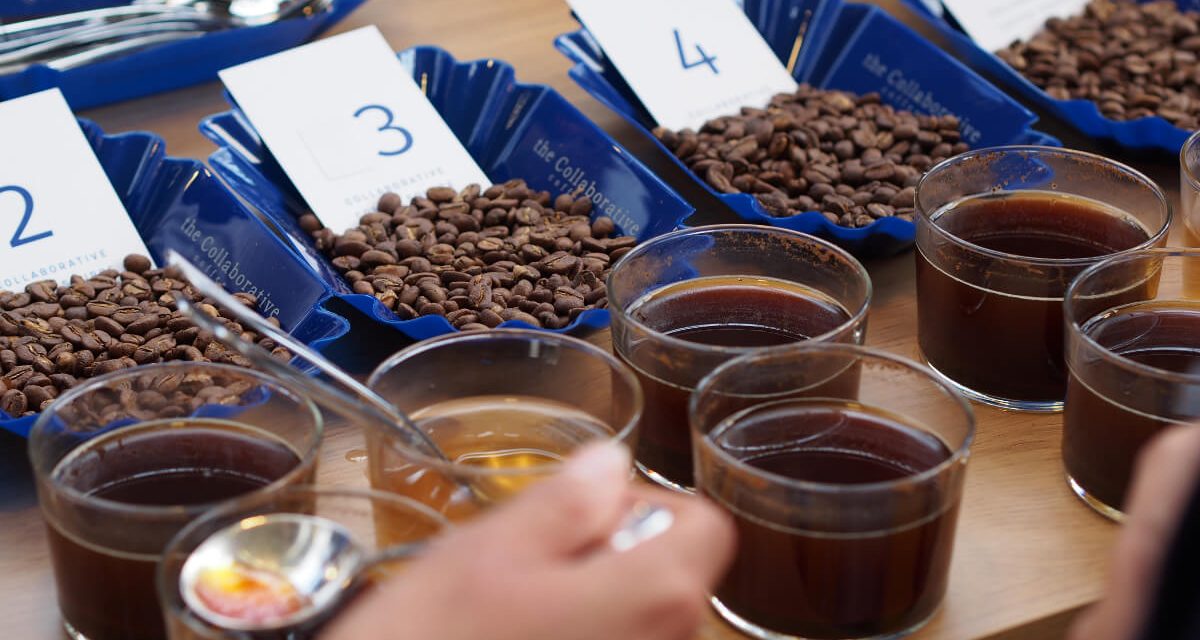
Are we going to add this coffee to our assortment?
Yes or no?
I’m not quiet sure, if that would be a good idea….
The situation is: The potential trap for seductive, delicious or unbeatable raw coffees is always just around the corner.
Thus… should we strike or let the deal go?
What can help us here is a guideline or philosophy according to which we purchase raw coffee.
A bit like a compass in the ocean of available coffees.
This article is for you if you
want to know which guidelines to use when buying green coffee
want an overview and can create suitable guidelines for yourself
wonder why it’s worth spending a little thought on your coffee selection
Which coffee should make it onto your shelves? 5 suggestions
Based on the cup profile
Let’s assume that we have a precise idea of the sensory cup profile that a coffee must meet for our roastery.
For eyample, this could be certain characteristics of a coffee, or only coffees with a complex acidity. Or coffees with a brisk aftertaste and a silky body. Or coffees that are simply juicy and have a light body.
This is what we want to define for our roastery. Once we have defined it, we want that a third person can understand this profile, for example, to go with us in finding new coffees. Ideally, we record our desired cup profile in writing. Only coffees that meet this profile have a chance of being included in our range.
Pro
We can search for suitable coffees regardless of the country of cultivation and processing method. All coffees must pass our established and individual cupping test and our sensory evaluation.
Con
We may have to go through lots of coffees before we find the right one or ones for our range. For our coffee range, this may also mean that we end up repeatedly with the same growing countries. As a result, we have to do a lot more communicating to show our customers the differences between the individual coffees.
Based on origins
As a roaster, we have two options here. On the one hand, we can offer coffees from different countries around the coffee belt. This allows us to show the diversity of coffee from different growing countries.
On the other hand, we can focus on a few growing countries. This allows us to show what makes coffee from these countries unique.
Pro
If we focus on a few growing countries, we can go into great depth and offer a wide range of flavor profiles. In the long term, this will make us a specialist for these growing countries.
Con
If there are problems with the harvest in our chosen growing countries, we have a problem with the coffee range. If a storm, the coffee borer or coffee rust strikes, a large part of the harvest is quickly at risk. If this happens, we have to act quickly or adjust the coffee range.
Based on Stories & Producers
We can also decide to build our coffee range with faces and stories from different producers.
There are very large farms, fincas, benefit societies or cooperatives whose coffees can be used to build up a coffee range.
Our philosophy is as follows: only if the coffee comes from a producer who shares our values and our understanding of coffee does it have a chance of making it into our range.
We tell their story, follow developments, visit the producers and engage intensively with their coffee and their environment.
Pro
We can go into depth and sell our coffee trustworthy. We offer a direct link to the farm and to our producer. Our customers follow developments. We pass on their feedback on the coffee directly to the producer, thereby strengthening our relationship. We become a specialist in their coffee and the country of origin. And we experience first hand what it means to produce good coffee and ensure quality.
Con
If something happens to our producer, it also happens to us. Similar to a coffee assortment that is based on growing countries, a storm or the coffee bug can also hit us directly with this philosophy. Perhaps even more extreme, because we are also personally involved and have a good relationship.
Based on customer requests
Sounds trivial, doesn’t it? Of course, based on customer requests, because that’s who we roast our coffee for, right?
Yes and no.
In this case, it means that we build our range exclusively around our customers. It’s a bit like contract roasting, only not as a one-off, but always.
So our customers tell us which coffee we should roast and how. In practice, this may mean that we do a cupping with existing or future customers of our coffees. These may be consumers that we let participate in your decisions. Or they may be hospitality customers who give us feedback on how they want their coffee.
Pro
We involve our customers in our purchasing decisions. This increases their loyalty to our coffee and gives our customers the good feeling of being able to exert influence and act autonomously. They feel valued that we ask for their opinion, and that reflects positively on us. In addition, it can be helpful for us to get a handful of opinions before we miss our customer with our coffee and are left with the beans.
Con
We need to be clear about what our customers can expect: Do we consider their feedback to be as important as our own opinion, or does their feedback have more of an advisory function? If we fail to define what our customers can expect, misunderstandings are likely to follow. Also, we may not want to reveal how we make our purchasing decisions. Perhaps this approach to designing our coffee range also does not fit with our understanding as a coffeeroaster: namely, if we see ourselves as the one who, with our expertise and experience, selects the right coffee for our customers from the available green coffee.
Based on seasonal availability
We can plan our coffee assortment with the help of the coffee harvest calendar.
We only use the current harvest, and once it’s gone, it’s gone.
We know the harvest calendar by heart and know exactly when we can expect the raw coffee.
Pro
Since we only offer seasonal coffee, we always keep our coffee assortment up to date and our customers can look forward to new coffees. Since our coffee arrives fresh and we roast it fresh, it is unlikely that our raw coffee will age and lose moisture and quality.
Con
This approach requires careful planning of our coffee sales: if a coffee doesn’t sell as well as expected and is in danger of going stale, we have to come up with another use for it. On top of that, we have to be very familiar with the optimal storage of coffees from different countries: Ethiopian or Kenyan coffees behave differently during storage than coffees from Central and South America. Of course, we can also plan with small quantities so that we don’t end up with old coffee.
Why is it worth spending a little thought on the coffee selection?
We want our customers to remember us.
What is important is that we have a method for selecting our coffee. We can also call it philosophy, or criteria, or whatever term suits us better.
These can be criteria, as we have just seen, but they can also be completely different criteria. As long as we have some, everything is fine.
And if not?
Then we buy and sell coffee without a plan or goal. With over 40 green coffee traders in Germany alone, we will have a lot of trouble finding the right coffee for our range.
When we start our roastery, green coffee traders will also suggest a starting range for us. In the long term, our own criteria will help us to position our coffee roastery. This is because we will be remembered by our customers for selecting this particular type of coffee.
We don’t want to water down our profile.
Even if it sometimes seems tempting, we don’t change our criteria for selecting coffee too often.
Because in the medium and long term, we dilute our profile as a coffee roaster and the coffee selection that we stand for.
So we practice saying “no” and resisting temptations of whatever kind. That’s why this suggestion is perhaps the most important when we set our criteria.
We want to do it ourselves instead of copying
That is why we don’t try our colleagues’ coffees too often either!
At least not with the idea of adding his or her coffees to our range. Sooner or later, every coffee roaster has their bestsellers. This is the coffee that simply sells and generates a large part of the turnover.
The trick is that this only works for him or her with the coffee. And it doesn’t have to work for us.
We can copy parts of a coffee assortment and that may work well for a while. But there will definitely come a moment when we will be asked exactly how we select the coffees in our assortment. Here we want to give an answer that suits us and that we feel comfortable with.
We want to act out of our own inner drive
Being different, just for the sake of it. This is not a good idea when putting together our coffee range. It means that we build our range just to be different from our competitors in as many coffees as possible.
We are defining our coffee assortment in contrast to others. It makes more sense to create our assortment based on our own motivation and inner drive.
Also good to know: some coffees are available from several coffee roasters. What is important is why we want it in our assortment and what function it fulfills.

